Should we place faith in a survey, conducted in June but published this week, that says London is still the world’s pre-eminent financial centre? Yes, in the sense that no one challenges that long-standing claim as of today; no, in the sense that complacency would be a huge mistake while every financial firm operating in the City, the West End and Canary Wharf is busy making contingency plans for a bad Brexit outcome.
The gist of the six-monthly Z/Yen ‘Global Financial Centres Index’ — which assesses 92 cities around the world, taking account of everything from telecoms infrastructure to homicide rates — is that London has held its own at the top where it has always been, while Frankfurt has risen from 23rd to 11th place and improved its rating, which is the survey’s measure of perceived confidence and quality. Other European contenders such as Luxembourg, Paris and Dublin also moved up, but are not serious threats. More interestingly, New York (which held on to second place) saw its rating drop sharply, while several other major US cities moved downwards: ‘presumably due to fears over US trade’, say the survey’s authors.
So Donald Trump, with his protectionist rhetoric, is London’s friend for the time being — but will be much less so if he succeeds in deregulating the US financial sector, a move which Morgan Stanley thinks he can do without Congressional support and which could boost Wall Street’s earnings by more than 15 per cent. That would draw many American bankers back from London, while the tide of jobs migrating to Frankfurt and elsewhere in the EU, though still quite small, is only likely to grow throughout the period of Brexit uncertainty and transition: most pundits agree that some tens of thousands will eventually go. London’s in-built advantages as a financial centre — language, law, space, staff, lifestyle and time zone —will keep it in the lead for the time being, but City chiefs face a fight on all fronts to stay there, and nothing in the Brexit talks so far can have reassured them.
Fair winds
The price of offshore wind power has halved, making those giant inshore turbine arrays we love to hate look competitive with new nuclear power for the first time. The headline number in this story is £57.50, which is the guaranteed electricity price per megawatt hour bid by two windfarm ventures in the government’s latest ‘contracts for difference’ subsidy auction. Both due for first delivery in 2022-23, these projects at Hornsea on the East Yorkshire coast and Moray East off the north of Scotland, are between them theoretically capable of powering 2.4 million homes. Just two years ago, windfarms were bidding up to £120 per megawatt hour in comparable auctions; their slashed pricing today can be set alongside the £92.50 fix that underpins the finances of the Hinkley Point C nuclear power station, whose projected cost has now topped £20 billion and whose likely completion date is drifting gently towards 2027 and beyond.
I have long argued for pressing on with Hinkley Point, on the basis that it was the only serious option for securing a substantial slice of future UK electricity demand from one domestic source, in the face of a looming energy gap created by the closure of old nuclear and coal-fired plants. Hinkley’s 3,200 megawatt capacity compares with 2,300 megawatts for the two new giant windfarms together — but as a nuclear industry spokesman was eager to point out, offshore wind ‘only produced electricity for 36 per cent of the time’ last year and has yet to solve the problem of storing excess power generated when winds are high.
Look forward a decade, however. French energy giant EDF, leader of the Hinkley project, may still have problems delivering the ‘European pressurised reactor’ model that has been so troublesome for its own Flamanville plant in Normandy. Wind, solar and tidal power may all look more viable than today, through advances in efficiency and economies of scale; and progress will surely have been made in power storage. We may also see a new crop of mini nuclear reactors, quicker to build and (according to one manufacturer, Rolls-Royce) viable at £60 per megawatt hour. Hinkley Point C was the best idea available when it was first mooted seven years ago, but time and technology are inexorably overtaking it.
21st-century shopping
Am I ready to shell out £1,000 for an iPhone X with its exciting new ‘Face ID’ feature? Of course not. Readers may recall I was keen to take several tech-steps back to the retro Nokia 3310 that was relaunched in March — but when I finally plucked up courage to take my unloved iPhone 3 to what turned out to be a Carphone Warehouse inside a Currys PC World on the York bypass, I was so hypnotised by the sales patter that I swiftly lost my willpower. Within moments I had given so much personal data that the salesman (as he acknowledged with a thin smile) could have emptied my bank account and assumed my identity before I got home. Had I really survived this long without their £10-a-month insurance deal on top of my contract? OK, sign me up. How about a £19.99 gadget to transform my connectivity on the move? Sounds great. Only another £25 a month! Aha, no thanks…
And so we went on for an hour or so, until I left with a new contract that costs a third less than the old one, and a new iPhone SE — almost identical to my previous model but with much longer battery life — that didn’t cost me a penny even though its manufacturer Apple retails them at £379. This is the modern mode of business that blinds consumers with dynamic-pricing complexity overlaid on technical jargon; but if you go with the flow, challenge the salesman when he doesn’t look you in the eye, and keep asking for discounts, you should come out feeling you’ve snatched a good deal. And feelgood is what it’s all about, because in the alternative universe of 21st-century shopping, you can never really tell when you’ve just been royally ripped off.
Got something to add? Join the discussion and comment below.
Get 10 issues for just $10
Subscribe to The Spectator Australia today for the next 10 magazine issues, plus full online access, for just $10.
You might disagree with half of it, but you’ll enjoy reading all of it. Try your first month for free, then just $2 a week for the remainder of your first year.


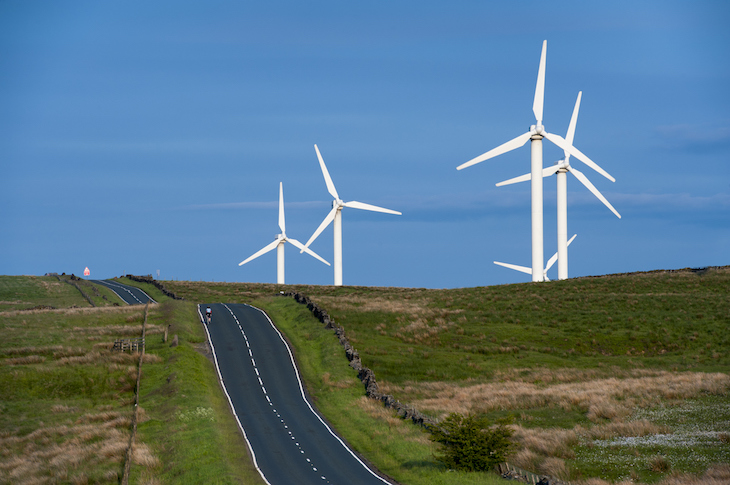
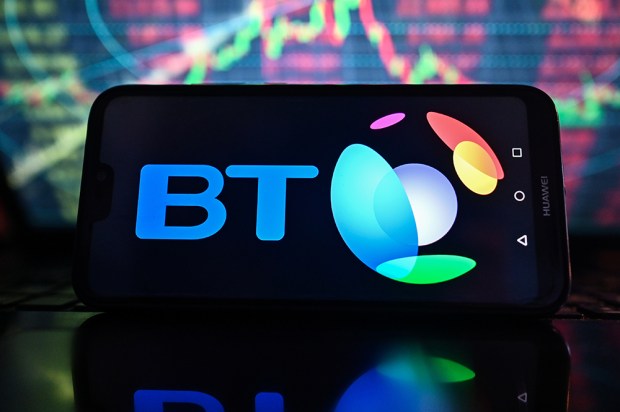
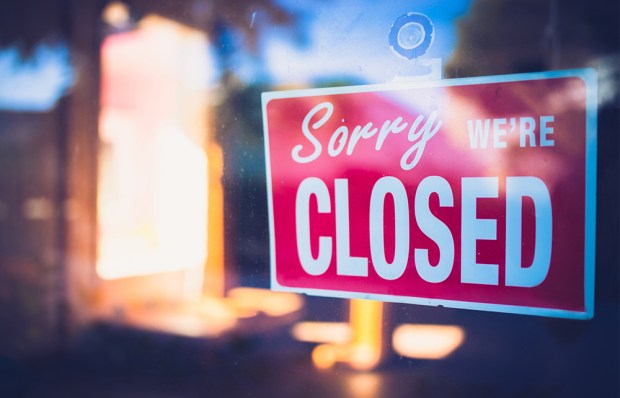
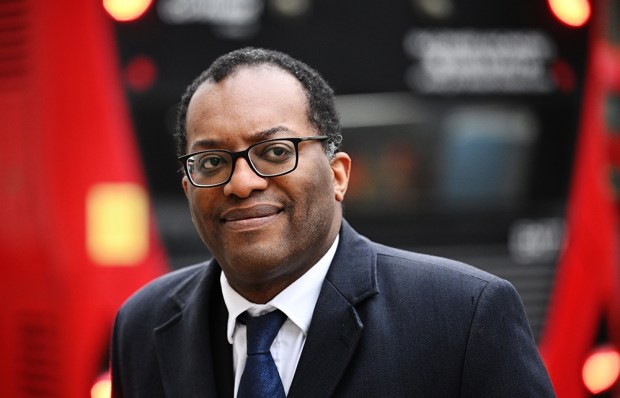
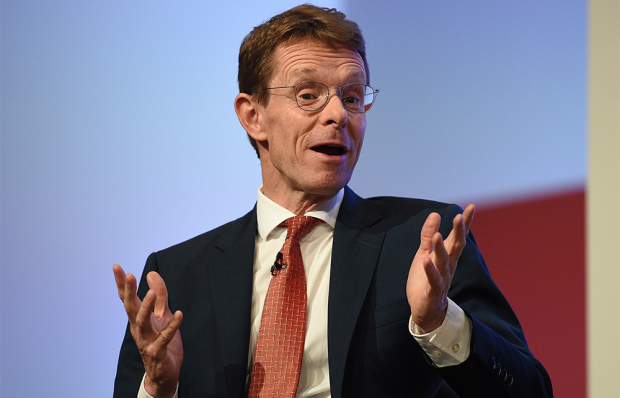
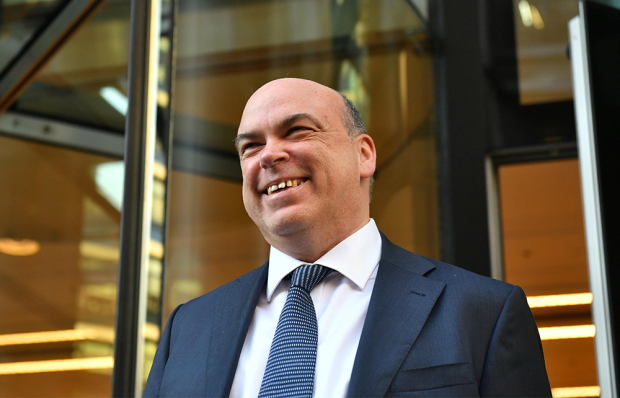
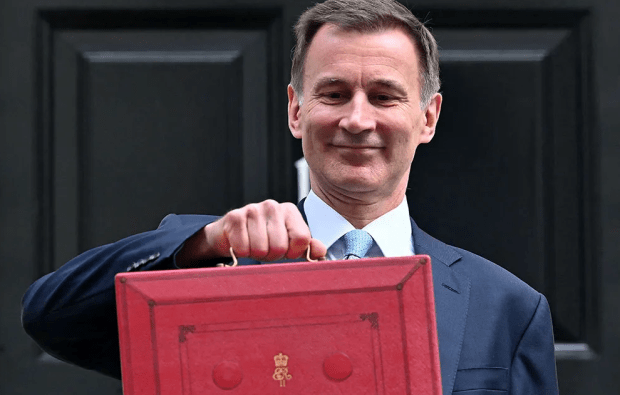






Comments
Don't miss out
Join the conversation with other Spectator Australia readers. Subscribe to leave a comment.
SUBSCRIBEAlready a subscriber? Log in